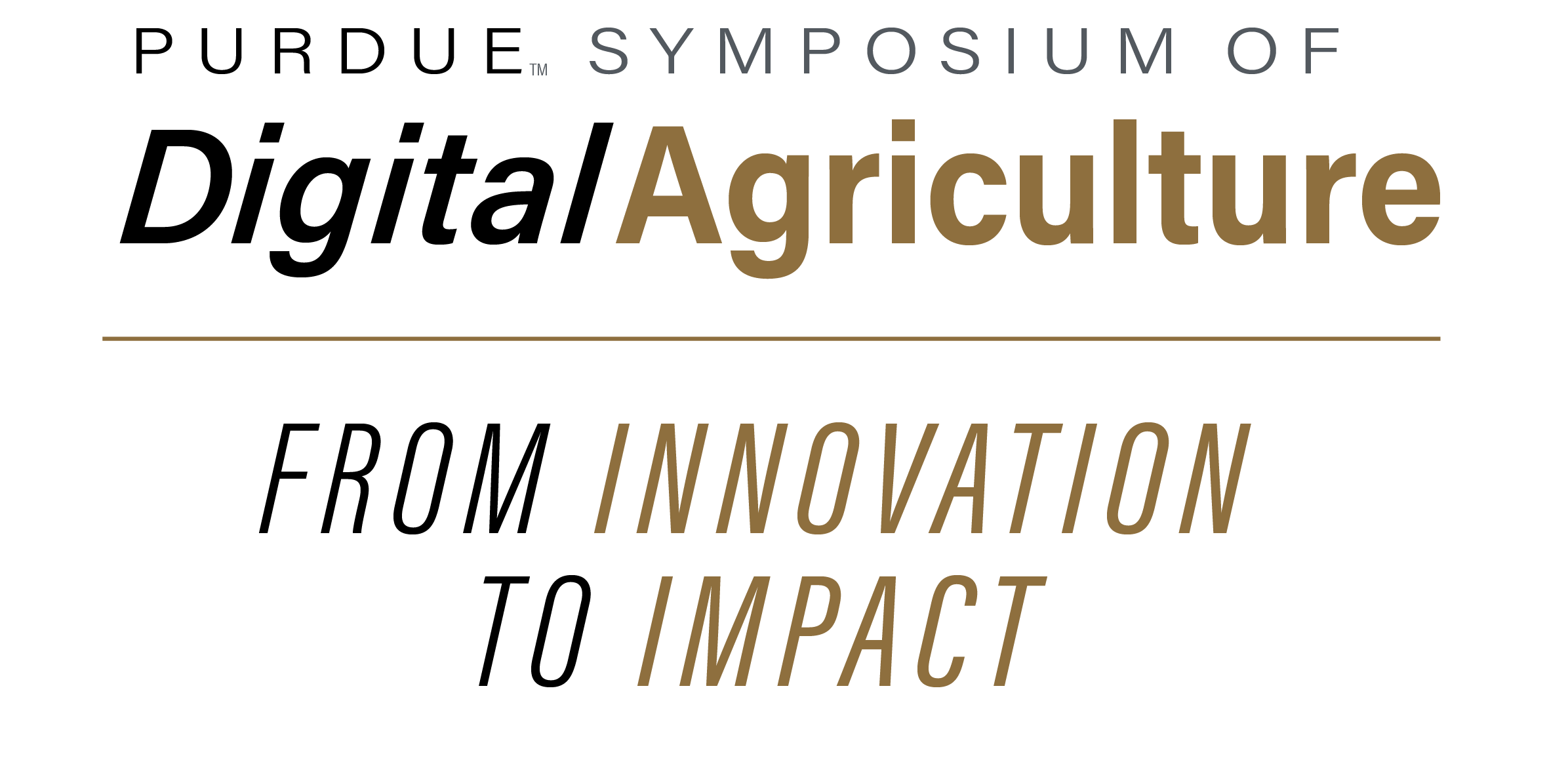Abstract
Nitrogen (N) losses in agricultural systems of the U.S. Midwest represent a significant environmental and economic challenge for farmers, as they pose risks to both water and air quality. However, only a small proportion of farmers adopt cover crops, such as clover and cereal rye, which have proven effective in mitigating N losses. One of the most critical characteristics of N is its high solubility in water and its low retention in soil. Therefore, new technologies have been developed to remotely and continuously monitor soil nutrients in real time. The objectives of this study were to evaluate the performance of commercial soil probes (Teralytic) under field conditions. Performance was assessed with respect to soil moisture, temperature, and nitrate (NO₃⁻). Differences were analyzed between sensor-derived data (predicted) and laboratory measurements (observed) obtained with the SEAL Analytical system for determining soil NO₃⁻. Time-series analyses revealed consistent seasonal patterns, although discrepancies were evident at specific periods. Regression analysis (R² values) indicated acceptable levels of association between predicted and observed data; however, Bland–Altman analysis provided a more robust evaluation of agreement, identifying a slight underestimation of NO₃⁻ by sensors compared to laboratory reference. Furthermore, Bland-Altman plots for both nitrate and soil moisture highlighted systematic biases, with a consistent underestimation of soil moisture by the probes.
Keywords
soil sensor, cover crop, nitrate monitoring, Bland-Altman analysis
DOI
10.5703/1288284318199
Evaluation of commercial soil probes (Teralytic NPK) performance in field conditions
Nitrogen (N) losses in agricultural systems of the U.S. Midwest represent a significant environmental and economic challenge for farmers, as they pose risks to both water and air quality. However, only a small proportion of farmers adopt cover crops, such as clover and cereal rye, which have proven effective in mitigating N losses. One of the most critical characteristics of N is its high solubility in water and its low retention in soil. Therefore, new technologies have been developed to remotely and continuously monitor soil nutrients in real time. The objectives of this study were to evaluate the performance of commercial soil probes (Teralytic) under field conditions. Performance was assessed with respect to soil moisture, temperature, and nitrate (NO₃⁻). Differences were analyzed between sensor-derived data (predicted) and laboratory measurements (observed) obtained with the SEAL Analytical system for determining soil NO₃⁻. Time-series analyses revealed consistent seasonal patterns, although discrepancies were evident at specific periods. Regression analysis (R² values) indicated acceptable levels of association between predicted and observed data; however, Bland–Altman analysis provided a more robust evaluation of agreement, identifying a slight underestimation of NO₃⁻ by sensors compared to laboratory reference. Furthermore, Bland-Altman plots for both nitrate and soil moisture highlighted systematic biases, with a consistent underestimation of soil moisture by the probes.


